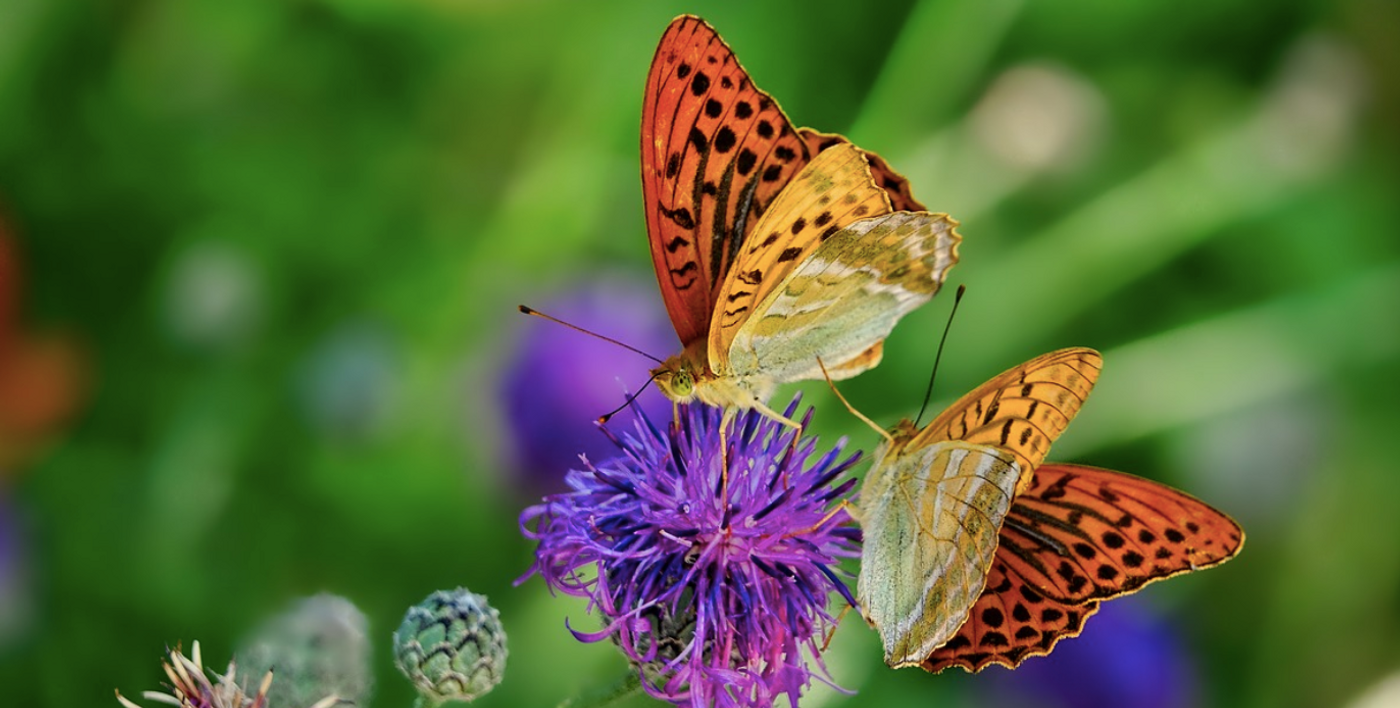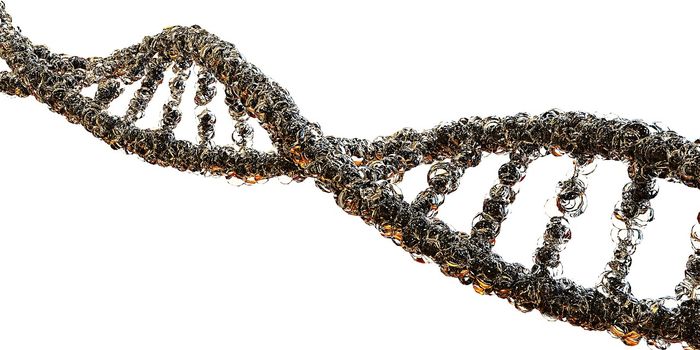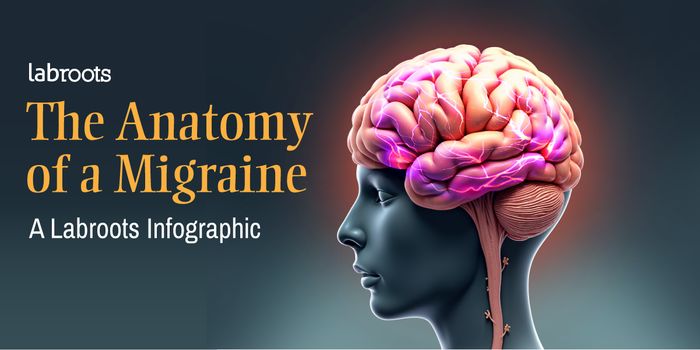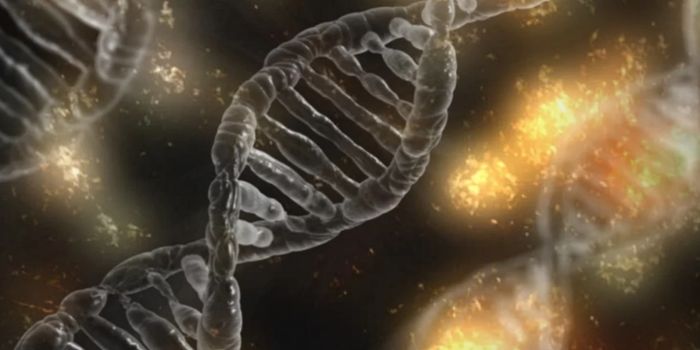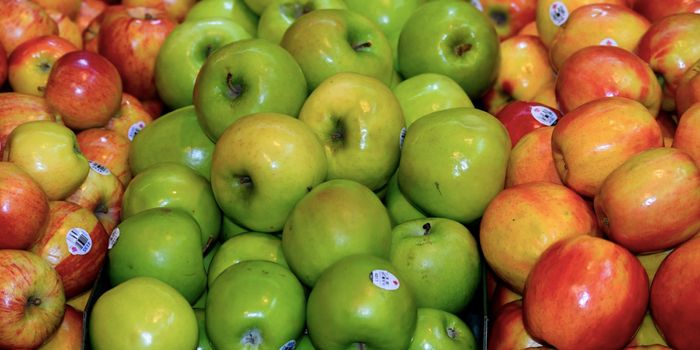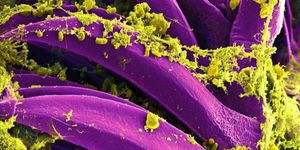What are Supergenes & Why are They Hot?
Supergenes are sections of chromosomes that hold many genes that are strongly linked to one another. The genes inside a supergene also tend to be inherited together. Researchers have now suggested that supergenes form the foundation of complex traits, such as the complex patterns that can vary even within the same species of butterfly, for example. Modern genetic techniques have suggested that supergenes are more common than we thought. The Philosophical Transactions of the Royal Society B: Biological Sciences has published a special issue on supergenes, which may have a bigger influence on human biology than we appreciated.
When parents of a species mate and produce offspring, their genomes recombine, shuffling the genetic information within. But supergenes are not typically recombined, so the genes also evolve together, noted Ben Wielstra of the Institute of Biology Leiden (IBL), the senior author of a supergene study in that special issue. "This allows different versions of supergenes to arise within a species, leading to major differences in appearance and behavior."
It's known that recombination happens at different rates in different parts of the genome, with some recombining less often. Recombination might also be halted because of a structural change in the genome, said Wielstra. In genetic inversion, for example, part of the chromosome breaks away and its orientation and order of genes is reversed; this can stop recombination in that region.
Supergenes can also produce variation in one species. "My favorite example is the ruff," noted Wielstra. "In these birds, supergenes ensure that males either have dark or white feathers around their heads. There are also males who do not develop a feather collar at all and look like females. These three types of male ruffs not only differ from each other in appearance, but they also behave differently during the mating season."
The lack of recombination can cause problems, because mutations can add up in those regions, said Wielstra. In a salamander called the crested newt, one supergene holds so many mutations that about half of eggs that are produced by these animals are not viable. This particular supergene is like "a very extreme example of a hereditary disease," said Wielstra.
Scientists want to learn more about supergenes, how they arise and evolve, and whether they are contributing to disease in humans.
"Supergenes are hot. More research is being done on this topic than ever before. Therefore we continue to find more and more examples where large differences in behavior and appearance are influenced by a single supergene."
Sources: Leiden University, Philosophical Transactions of the Royal Society B: Biological Sciences
